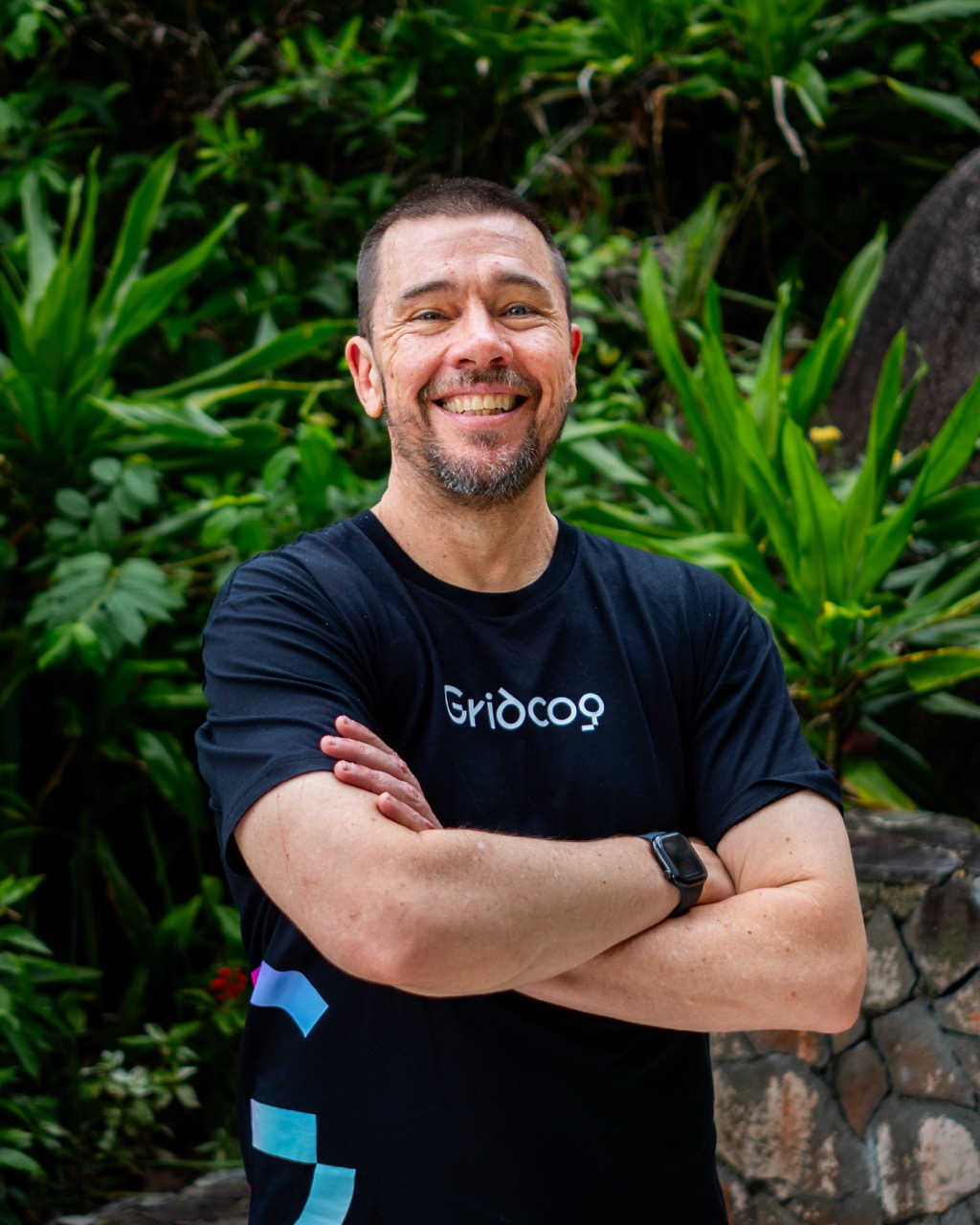Inside Australia’s First Electric Truck Charging Network: NewVolt & Gridcog

Reimagining freight infrastructure for an electric future
NewVolt Infrastructure is tackling one of the most complex challenges in Australia’s energy transition: electrifying heavy road freight.
As Co-Founder and COO Rainer Knobloch explains, “NewVolt is building Australia's first national network of shared-use charging infrastructure exclusively for electric trucks. We're focused on solving the 'chicken and egg' problem - fleets won't go electric without charging infrastructure, but infrastructure investors won't build without guaranteed utilisation.”
NewVolt’s flagship project, the Melbourne Electrified Freight Network, includes three 2-4MW charging hubs strategically placed in key industrial precincts. These sites already have foundation customers, ranging from major logistics operators to smaller regional fleets, all committed to operating medium and heavy battery electric vehicles.
“What makes this challenging is we're not just building charging infrastructure and selling kWh - we're creating an entirely new business model where multiple fleets share capacity through scheduled charging or service agreements, backed by a mix of grid-served renewable energy, on-site or precinct renewable generation, and battery storage.”

Complex needs demand custom tools
The team quickly discovered that traditional energy modelling tools couldn’t meet their needs. “We had three critical challenges that standard planning tools couldn't handle,” Rainer says.
“First, infrastructure sizing without overbuilding. We needed to validate that our charging capacity, battery storage, and grid connections were right-sized for real customer demand patterns. Our investors needed confidence we weren't overbuilding expensive infrastructure, but our customers needed guarantee of availability.
Second, complex scheduling optimisation. We have foundation customers with completely different duty cycles - some doing double-shift container runs, others single-shift regional haul. Each has different charging windows, energy requirements, truck & battery types, and availability needs. We needed to prove these could all work together efficiently on shared infrastructure, whilst simultaneously scenario planning for future demand & requirements.
Third, commercial model validation. Our business case depends on balancing contracted revenue from foundation customers with open-access capacity for future growth. We needed sophisticated modelling to show investors this wasn't just wishful thinking - that the technical infrastructure could actually deliver the utilisation rates our financial models required. Standard energy modelling tools either focused on passenger EV charging, or were too generic for the complexity of commercial truck operations.”
"Our investors needed confidence... We needed sophisticated modelling."
Why Gridcog?
Gridcog emerged as the clear solution. “Gridcog stood out for three key reasons,” says Rainer.
“Gridcog could integrate infrastructure planning with commercial scenarios. We could test different customer mixes, pricing models, and capacity allocation strategies to see how they'd impact infrastructure utilisation. Other tools forced us to model technical and commercial aspects separately.
The team was willing to work with us on truck-specific use cases. Rather than trying to force our requirements into a passenger EV framework, they helped us build modelling that reflected the actual realities of shared truck charging infrastructure.
Lastly, as a fellow Australian start-up in the energy transition space, we are always keen to support Fabian & the team in their journey & successes. Australian start-ups working together in this space is key for the industry here. It is a small industry.”
Efficiency, flexibility, and real-time confidence
Rainer highlights how Gridcog has transformed their daily workflow. “The efficiency gain is significant. What used to take us days of spreadsheet modelling and manual scenario testing now takes hours. We can iterate through customer scenarios, test different infrastructure configurations, and validate commercial assumptions much faster. This matters when you're trying to close customer contracts and satisfy investor due diligence on tight timelines.”
“The scenario planning capability is brilliant. We can quickly test 'what-if' situations - like what happens if a major customer adds 10 more trucks, or if we adjust charging schedules to optimise renewable energy usage, or change the role of the onsite BESS. This is crucial when you're trying to balance multiple customer contracts with infrastructure capacity."
"What used to take us days of spreadsheet modelling and manual scenario testing now takes hours."

The visualisation makes complex data accessible. When we're presenting to investors or customers, being able to show clear load profiles, utilisation heat maps, and capacity optimisation in real-time builds confidence. Everyone can see exactly how the system works.
What I really appreciate is how Gridcog handles the integration between energy supply, storage, and demand. Our sites have battery storage to manage peak loads and grid constraints - Gridcog lets us optimise all these elements together rather than modelling them separately.
Lastly, the team. It’s rare you work with a tool and feel so supported by the team. Be it working directly on new features and how they can come to life to support our needs, or more at an advisory level. I feel like the Gridcog team is part of my own team.”
"I feel like the Gridcog team is part of my own team.”

Scaling a National Network with Confidence
Today, NewVolt is using Gridcog to model three initial Melbourne sites, with Phase 1 of their national network targeting more than 14 locations. “Currently [we] have five team members actively using Gridcog - myself, our technical lead, and our project director. Plus our retail energy modelling analyst, and our third party electrical contractor. Our investors, and their due diligence teams also have restricted access to validate their thesis & assess risk.”
“For our Melbourne project, we've modelled 25+ customer charging schedules across different duty cycles, optimised battery storage sizing for each site, and tested various grid connection scenarios. Without Gridcog, this level of analysis would have been prohibitively time-consuming.”
"Without Gridcog, this level of analysis would have been prohibitively time-consuming."
And as the team moves into deeper CapEx planning, they’re continuing to unlock insights:
“We also discovered opportunities for demand management that we hadn't considered. By modelling different time-of-day scenarios, different BESS management approaches, and tweaking our charging specification, we found ways to incentivise customers to shift charging times that benefit everyone - lower costs for customers, better grid utilisation, higher renewable energy usage - and less polluting carbon emitted by heavy trucks.”
“Most importantly, Gridcog gave us the confidence to commit to our commercial model. We could show investors with hard data that our infrastructure sizing matched customer commitments, and show customers that our capacity planning was robust. Without that level of validation, we wouldn't have been able to progress with our funding and customer contracts at the pace we needed.”
At Gridcog, we’re thrilled to be part of NewVolt’s journey and look forward to seeing them roll out their charging hubs and accelerate electric truck adoption across Australia.















